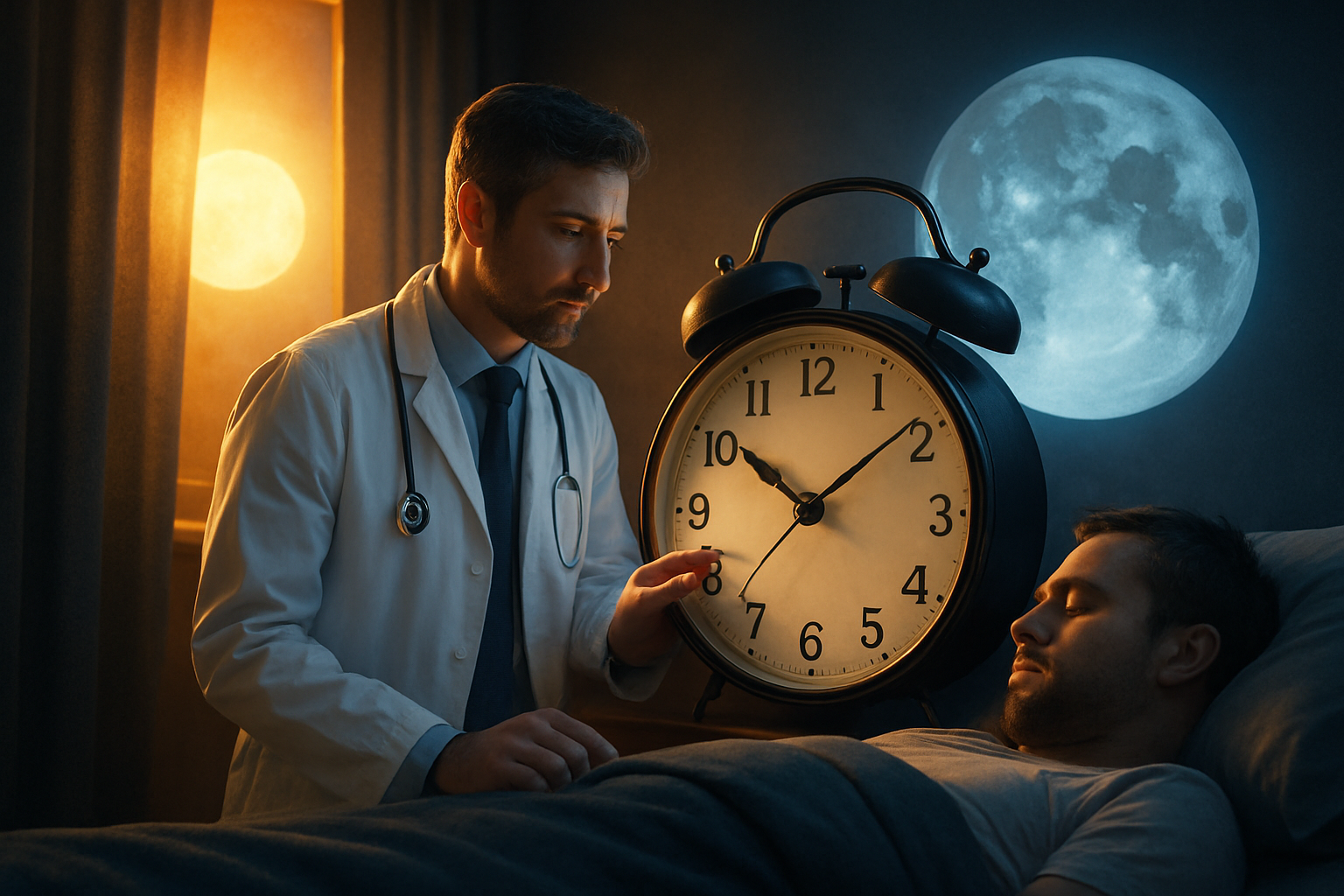Excessive Daytime Sleepiness in the US: causes signs and treatment options
Excessive daytime sleepiness can stem from many factors and often goes unnoticed in everyday routines. This guide outlines common contributors such as inadequate sleep schedules obstructive sleep apnea insomnia circadian rhythm disorders restless legs medication effects mood conditions and metabolic illness. It describes typical warning signs including dozing during quiet activities reduced concentration morning headaches loud snoring and witnessed breathing pauses. A neutral overview explains how clinicians assess symptoms with history sleep diaries and screening tools and when specialist testing may be considered. Treatment categories are summarized without brands or promises including sleep schedule optimization CBT I for insomnia CPAP or oral appliances for apnea light therapy for circadian issues exercise and medication review. A brief safety section highlights drowsy driving risks and when to discuss evaluation with a clinician especially for older adults.

What are the key signs of excessive daytime sleepiness?
Recognizing the symptoms of EDS is the first step towards seeking appropriate care. Common signs include:
-
Persistent fatigue throughout the day, even after a full night’s sleep
-
Difficulty staying awake during passive activities like reading or watching TV
-
Inability to concentrate or focus on tasks
-
Impaired work or academic performance
-
Falling asleep at inappropriate times, such as during conversations or meetings
-
Mood changes, including irritability or depression
If you experience these symptoms regularly, it’s essential to consult a healthcare professional. EDS can significantly impact your quality of life and may indicate an underlying sleep disorder or medical condition that requires attention.
What are the common causes of excessive daytime sleepiness?
EDS can stem from various factors, often interrelated and complex. Some of the most common causes include:
-
Insufficient sleep: Not getting enough sleep consistently is a primary culprit.
-
Sleep apnea: This condition causes breathing interruptions during sleep, leading to poor sleep quality.
-
Insomnia: Difficulty falling asleep or staying asleep can result in daytime drowsiness.
-
Circadian rhythm disorders: Disruptions to the body’s internal clock can affect sleep-wake cycles.
-
Medication effects: Certain medications, including some antidepressants and antihistamines, can cause drowsiness.
-
Mood disorders: Depression and anxiety can interfere with sleep patterns and energy levels.
-
Medical conditions: Chronic fatigue syndrome, thyroid disorders, and other health issues can contribute to EDS.
Understanding the underlying cause is crucial for effective treatment, as addressing the root issue often leads to significant improvements in daytime alertness.
How is excessive daytime sleepiness assessed?
When seeking help for EDS, healthcare providers typically follow a comprehensive assessment process:
-
Sleep diaries: Patients may be asked to keep detailed logs of their sleep patterns and daytime symptoms.
-
Screening questionnaires: Tools like the Epworth Sleepiness Scale help quantify the severity of daytime sleepiness.
-
Medical history review: Clinicians will explore potential contributing factors, including medications and existing health conditions.
-
Physical examination: This can help identify signs of underlying medical issues.
-
Sleep studies: Polysomnography or home sleep tests may be recommended to diagnose sleep disorders like sleep apnea.
-
Blood tests: These can rule out medical conditions that may be causing fatigue.
This multi-faceted approach allows healthcare providers to develop a comprehensive understanding of the patient’s sleep health and tailor treatment plans accordingly.
What treatment options are available for excessive daytime sleepiness?
Treatment for EDS varies depending on the underlying cause but often includes a combination of approaches:
-
Sleep hygiene improvements: Establishing consistent sleep schedules and creating a sleep-friendly environment.
-
Cognitive Behavioral Therapy for Insomnia (CBT-I): A structured program to address thoughts and behaviors that interfere with sleep.
-
CPAP or oral appliances: For sleep apnea, these devices help maintain open airways during sleep.
-
Medication review: Adjusting or changing medications that may be contributing to sleepiness.
-
Light therapy: Exposure to bright light at specific times can help regulate circadian rhythms.
-
Medications: In some cases, wake-promoting medications may be prescribed under close medical supervision.
It’s important to work closely with healthcare providers to find the most appropriate treatment plan, as what works best can vary significantly from person to person.
What safety tips should individuals with EDS follow?
Managing EDS isn’t just about improving sleep; it’s also about ensuring safety during waking hours:
-
Plan for rest: Schedule short naps or breaks during the day when possible.
-
Avoid drowsy driving: Never operate a vehicle when feeling sleepy, and consider alternative transportation if necessary.
-
Review sedatives: Discuss the use of alcohol and sedating medications with your healthcare provider.
-
Communicate with employers: If EDS is impacting work, discuss potential accommodations or schedule adjustments.
-
Exercise regularly: Physical activity can improve sleep quality and daytime alertness.
-
Maintain a consistent sleep schedule: Try to go to bed and wake up at the same times, even on weekends.
By implementing these safety measures and working towards better sleep health, individuals with EDS can significantly improve their quality of life and reduce the risks associated with daytime sleepiness.
Excessive daytime sleepiness is a complex issue that affects many Americans, but with proper assessment, treatment, and management strategies, it’s possible to regain alertness and improve overall well-being. If you’re experiencing persistent daytime drowsiness, don’t hesitate to seek professional help. A sleep specialist can guide you through the process of diagnosis and treatment, helping you achieve better sleep and more energetic days.
This article is for informational purposes only and should not be considered medical advice. Please consult a qualified healthcare professional for personalized guidance and treatment.




